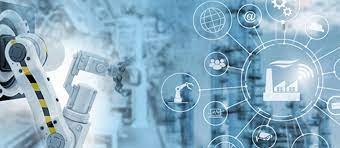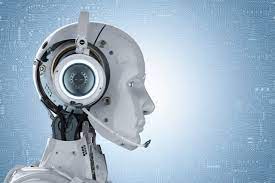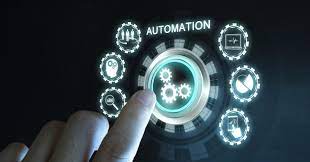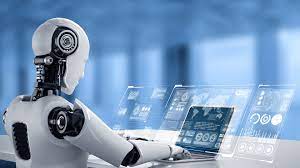1. Introduction to Automation in Business
Define the concept of automation in the business context.
Discuss the significance of automation in streamlining processes and enhancing efficiency.

2. The Role of Automation in Modern Businesses
Explore how automation has evolved and its impact on various industries.
Highlight the benefits, including increased productivity, reduced errors, and cost-effectiveness.
Explore how automation has evolved and its impact on various industries.
Highlight the benefits, including increased productivity, reduced errors, and cost-effectiveness.

3. Examples of Successful Automated Business Models
Case studies of leading businesses that have effectively implemented automation.
Explore industries like manufacturing, finance, healthcare, and tech where automation has revolutionized operations.

4. Automation in Manufacturing and Robotics
Discuss how automation and robotics have transformed manufacturing processes.
Examples of companies utilizing automated assembly lines or robotic systems for increased production.

5. AI-Powered Automation in Tech and Customer Service
Explore how AI and machine learning are driving automation in tech companies.
Discuss chatbots, customer service automation, and personalized recommendations.

6. Automation in Finance and Data Analysis
Highlight how automation streamlines financial operations, such as automated trading and transaction processing.
Discuss the use of algorithms for data analysis and risk assessment in finance.

7. Efficiency and Challenges of Automation
Discuss the efficiency gained through automation and its impact on job roles.
Address potential challenges like job displacement and the need for reskilling.

8. Future Trends and Innovations in Automation
Explore emerging trends, such as the Internet of Things (IoT) and autonomous systems.
Discuss how businesses are adapting to stay ahead in the ever-evolving landscape of automation.

9. Conclusion: The Evolution of Automated Business Models
Summarize the transformative impact of automation on businesses.
Emphasize the importance of innovation and adaptation for future success in an automated world.
This outline provides a comprehensive structure to explore various facets of automated business models, showcasing their impact, challenges, and future trends. If you'd like more detailed information on any of these points or have specific examples you'd like to include, please let me know.This outline provides a comprehensive structure to explore various facets of automated business models, showcasing their impact, challenges, and future trends. If you'd like more detailed information on any of these points or have specific examples you'd like to include, please let me know!
Integration and Interconnectivity (2020s)
Key Features:
Internet of Things (IoT): Connected devices allowed for real-time data collection and process automation in industries like manufacturing and logistics.
Smart Automation: Combining AI and RPA for more complex processes, such as supply chain management and predictive maintenance.
Decentralized Systems: Blockchain technology began to offer secure and automated transactions, impacting finance and supply chain management. Current Trends and Future Directions
Key Features:
Hyper-Automation: Organizations are focusing on automating as many processes as possible, driven by advanced AI and analytics.
Sustainability Automation: Businesses are using automation to improve sustainability practices, such as energy management systems.
Personalization: Automated systems are increasingly tailored to individual customer preferences, enhancing user engagement and satisfaction.
The evolution of automated business models reflects a continual drive towards efficiency, agility, and enhanced customer experience. As technology advances, we can expect further innovations that will redefine how businesses operate and compete in the marketplace. The future will likely see even deeper integrations of AI, machine learning, and automation across all sectors.



You must be logged in to post a comment.